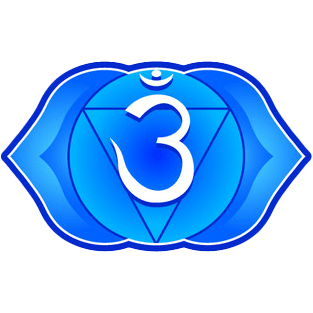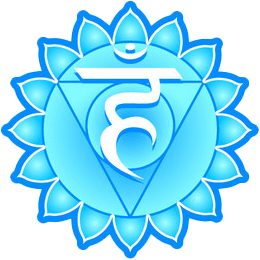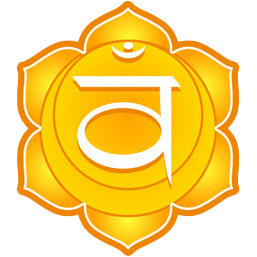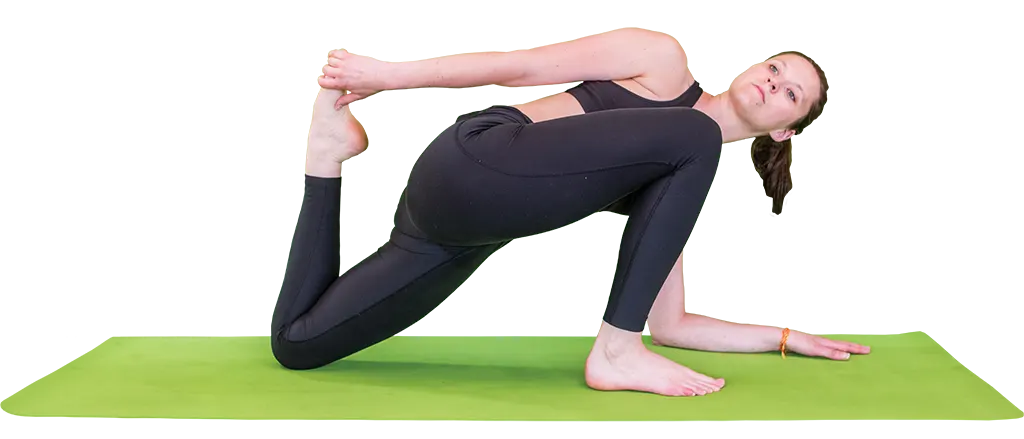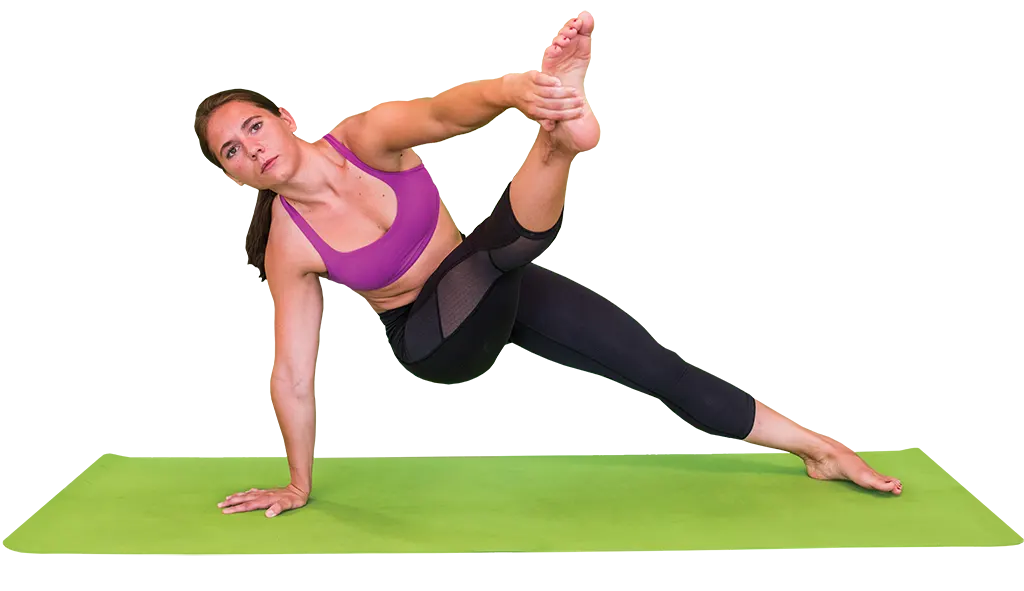Table of content
Preparation
Sit in Vajrasan with both palms on your knees. Keep your neck and spine straight. Adjust the knees, calf muscles, and ankles to avoid leg pain. Inhale, exhale and relax.
Getting into position
Inhale. Exhale. Move your legs outside the buttocks and sit buttocks on the ground. Exhaling, slowly lean backward, first lowering the right elbow and then the left elbow to the floor alongside your torso for support. Lower the torso farther, and rest the back of your head on the floor while arching your back. Hold for a few moments to allow the body to adjust. Inhale. Exhaling, lower your back flat on the floor. Bring your arms above your head and hold the elbows. Keep the knees close to each other and in contact with the floor, and flatten the back as much as possible. Relax the entire body. Hold with normal breathing for around 30 seconds.
Coming out of position
Lower your arms to your sides, with your hands on or next to the heels. Using your elbows, raise your head and slowly increase the rest of your torso, sitting up into Vajrasan. Inhale, exhale and relax.

